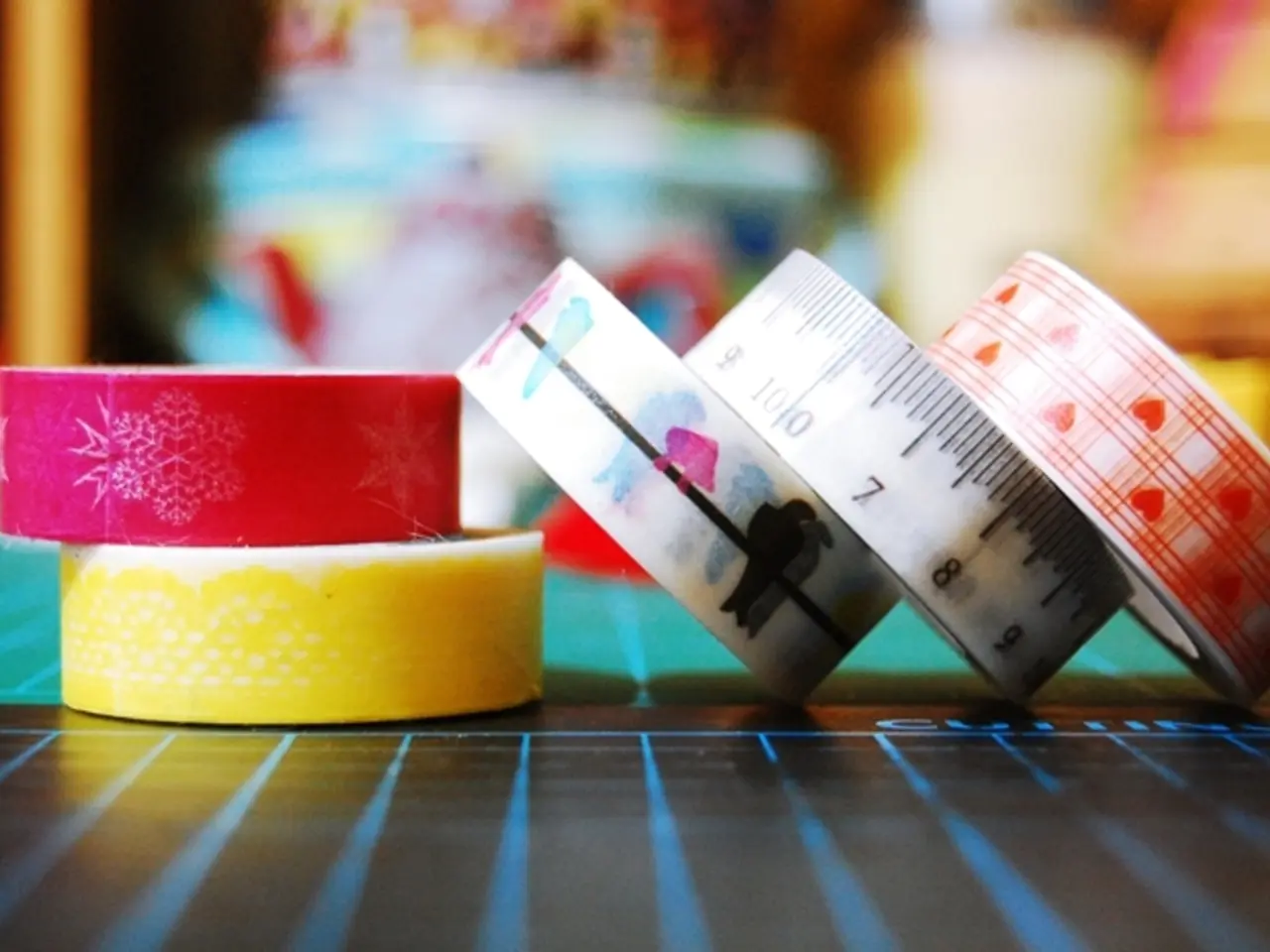After receiving a false-positive HIV test result, the following steps should be taken:
Receiving a false-positive HIV test result can be distressing, but it's essential to approach the situation calmly and methodically. Here's a step-by-step guide on what to do:
## Steps After a False-Positive HIV Test Result
1. **Consult a Healthcare Provider** - Discuss your test results with a healthcare provider to understand the specifics of the false-positive result. They can help determine if retesting is necessary.
2. **Retest for Confirmation** - False positives can occur due to various factors, including the type of test used or procedural errors. A follow-up test, often a more sensitive one like a nucleic acid test (NAT), may be recommended to confirm the absence of HIV.
3. **Evaluate Risk Factors** - The healthcare provider will assess your risk factors for HIV, including sexual behaviour, drug use, and exposure to infected bodily fluids. This evaluation helps determine if continued testing is needed.
4. **Consider Counseling** - Receiving a false-positive result can be emotionally challenging. Counseling may be beneficial to cope with the stress and anxiety associated with the initial diagnosis.
5. **Education on HIV Prevention** - Use this opportunity to understand and employ strategies for HIV prevention, such as safer sex practices, avoiding shared needles, and getting tested regularly if at risk.
6. **Address Other STIs** - If you have been exposed to other sexually transmitted infections (STIs), consider getting tested and treated. This can reduce the risk of acquiring HIV.
By following these steps, individuals can address the concerns raised by a false-positive result and ensure their health and well-being are protected.
## General HIV Testing Guidelines
- HIV testing is recommended at least once for everyone ages 13-64. - Pregnant people should undergo testing to receive treatment if the results are positive. - In the United States, the CDC locator can help identify nearby HIV testing centers. - More common is the antibody/antigen test, which can detect infection within 18 to 45 days. - Rapid antibody/antigen self-tests can be performed at home and detect infection about 18 to 90 days out. - People who are at high risk for contracting HIV may take a nucleic test, which detects the presence of an infection within 10 to 33 days.
Remember, everyone should take precautions to avoid contracting or transmitting HIV. Using condoms or other barrier methods during sexual activity, avoiding shared needles, syringes, or cookers if using injectable drugs, and not using oil-based lubricants with condoms are all important measures to take.
Consider limiting the number of sexual partners and seeking support, such as from family, friends, or a mental health professional, if you've received a false-positive result. This can help you navigate the emotional challenges that may arise.
Stay informed, stay safe, and remember, a false-positive result does not mean you have HIV. Follow the steps outlined above to confirm your status and protect your health.
Consult a healthcare provider to discuss your false-positive HIV test result and understand the specifics of the false-positive. They can help determine if retesting is necessary, using a more sensitive test like a nucleic acid test (NAT).
Counseling may be beneficial to cope with the stress and anxiety associated with the false-positive result, as it can be emotionally challenging.
It's important to educate yourself on sexual health and ways to prevent HIV, such as safer sex practices, avoiding shared needles, and getting tested regularly if at risk.
In addition to addressing HIV concerns, consider other aspects of health-and-wellness, including mental-health. Seek support from family, friends, or a mental health professional if you've received a false-positive result. Using CBD, a natural compound found in cannabis, might help manage stress and anxiety related to the situation.




